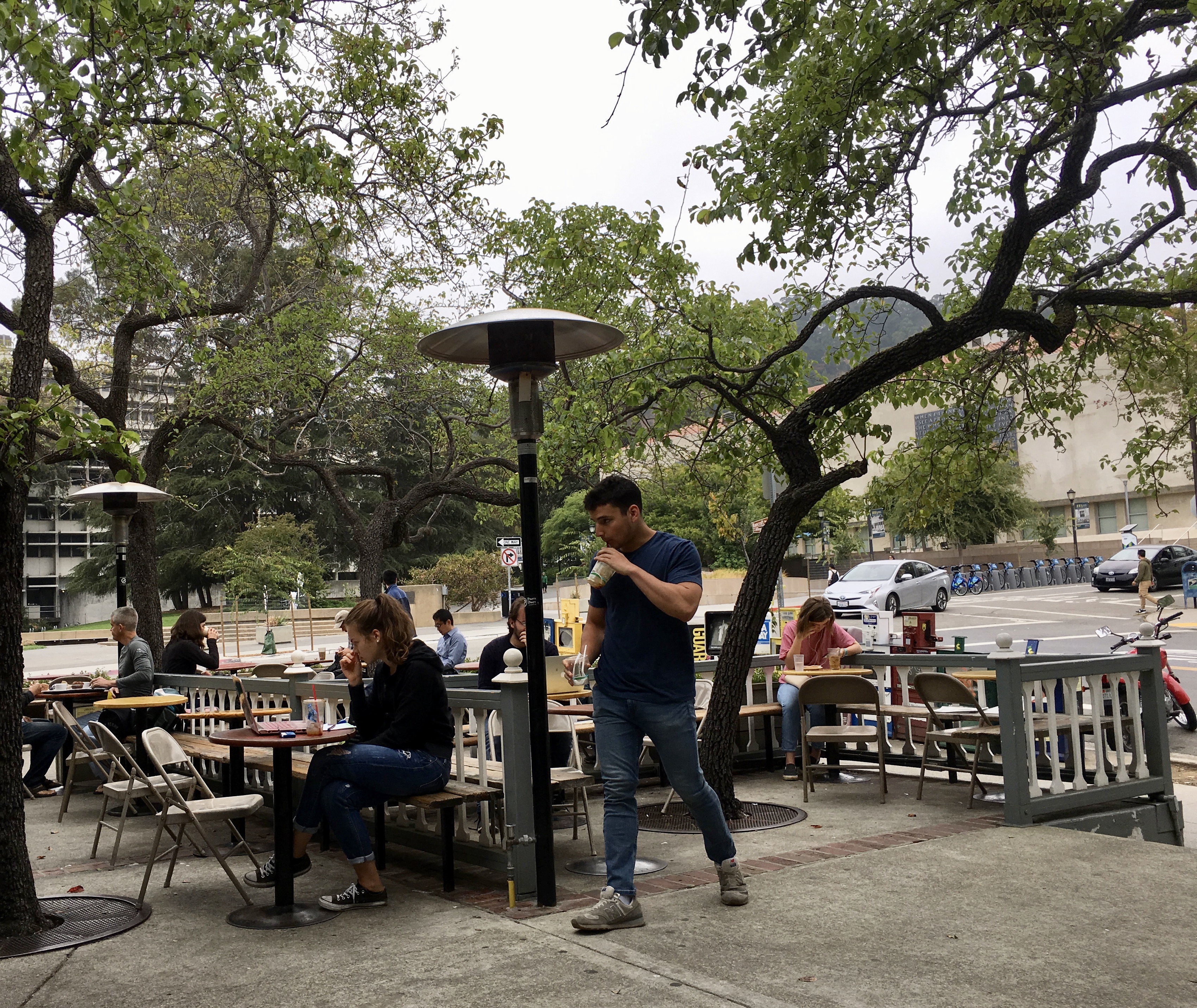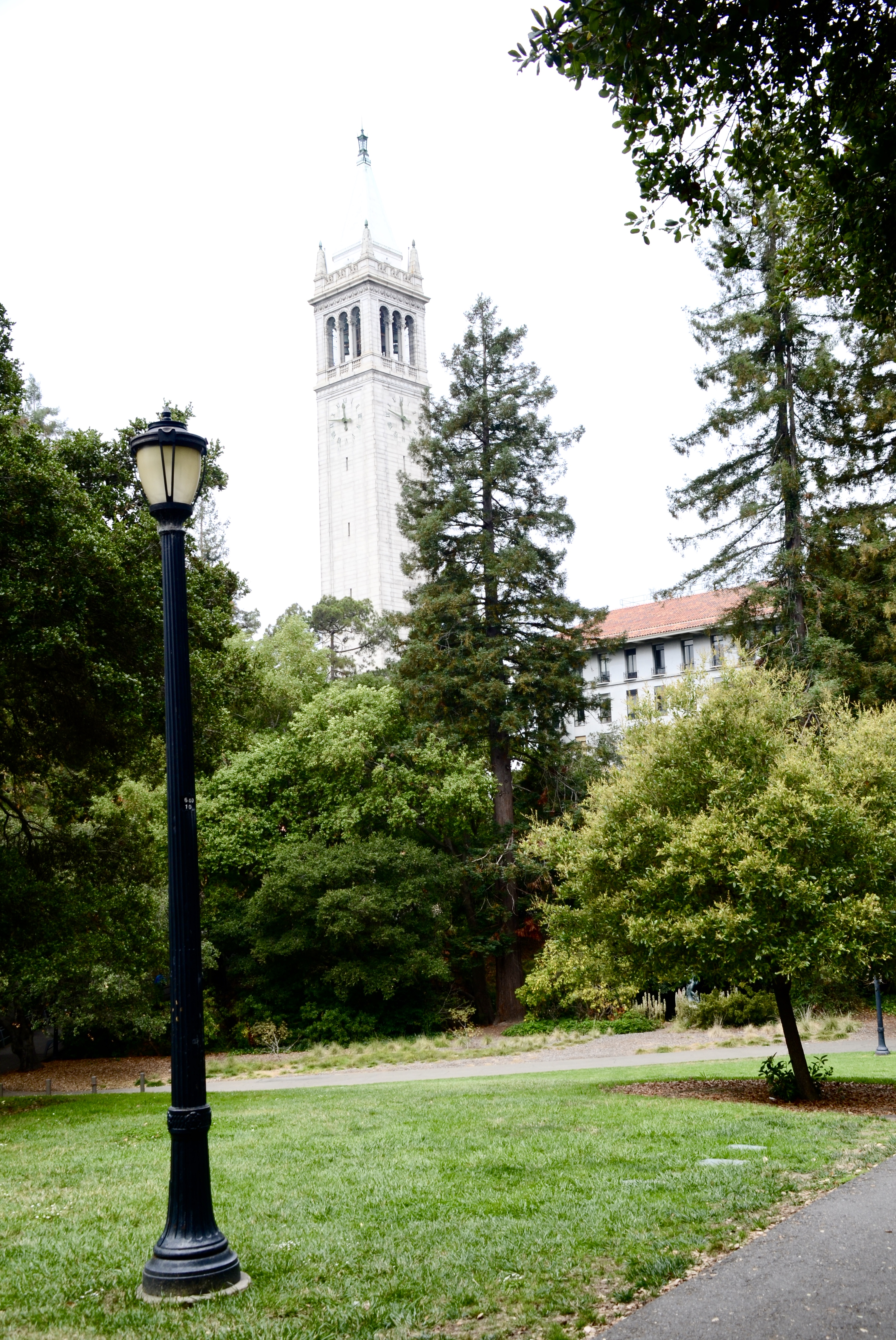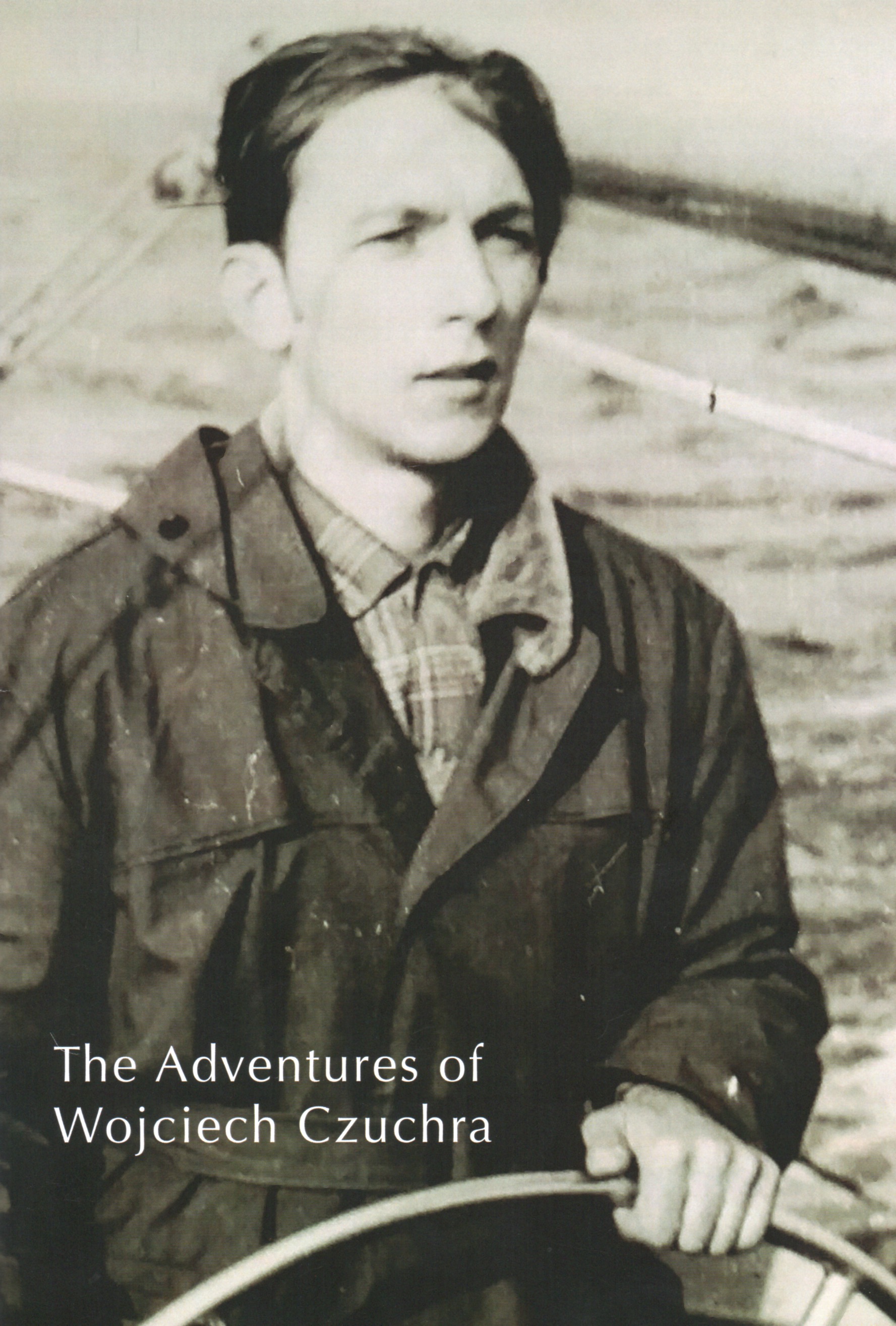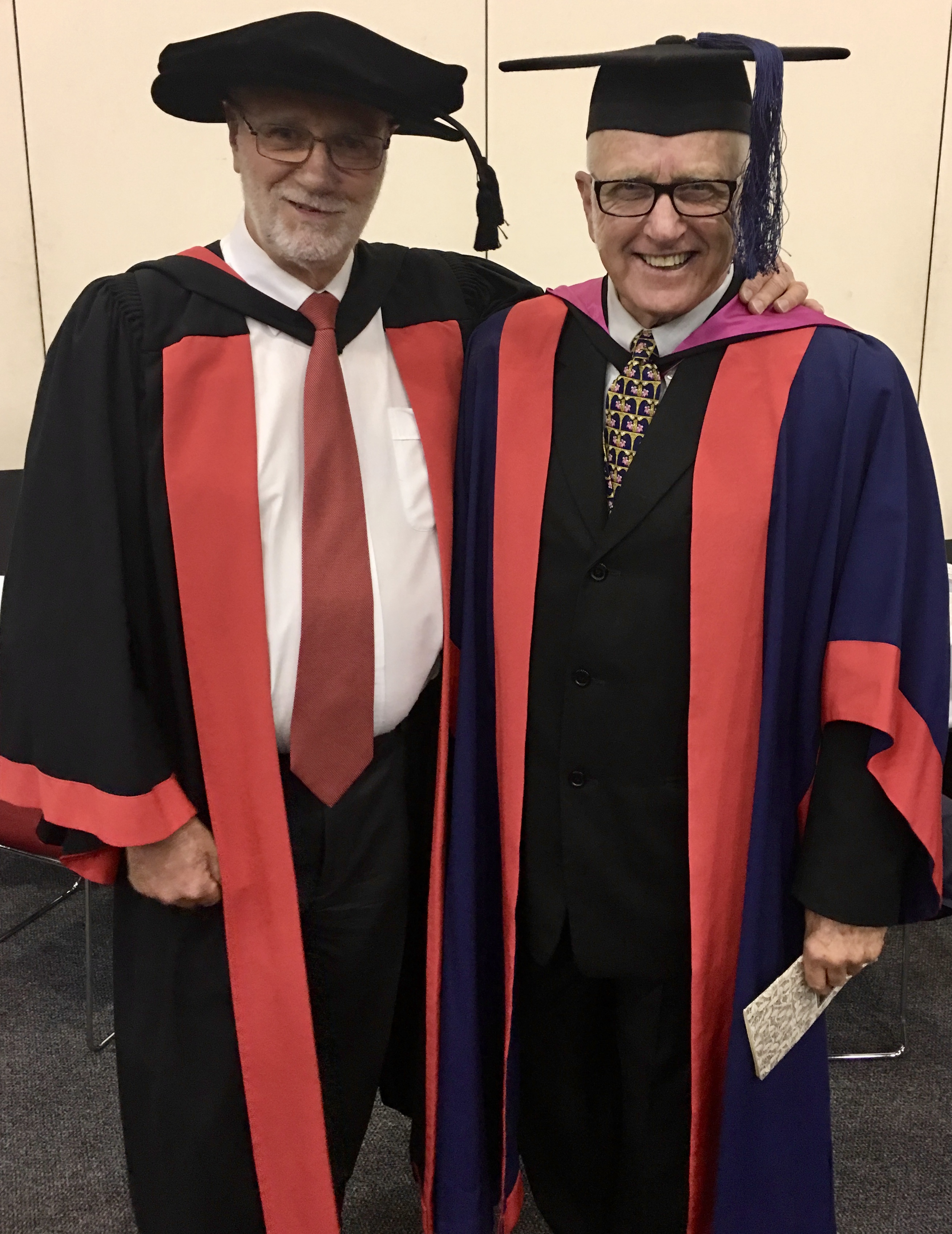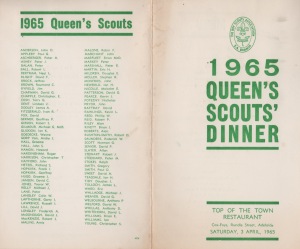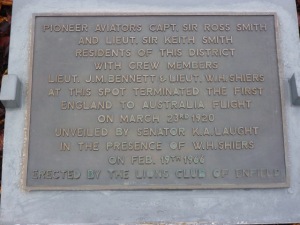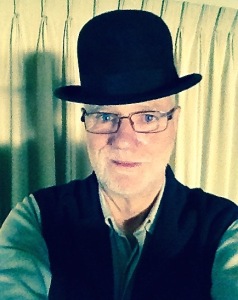I visited my mother’s 21st birthday celebrations last night, or in the vernacular of the 1920s, ‘her coming of age party’. While researching something quite different I stumbled across two newspaper reports of Miss Pearl Denton’s – my mother’s maiden name – celebrations.
Such were the cultural formalities in Adelaide in 1925 that the celebration could not be held before her actual birthday and since her birthday (September 20th) fell on a Sunday that year, it was improper to celebrate on the day of worship. So the party was held on Monday September 21st at the Parkside Masonic Hall.
Over the years and some four decades later my mother would occasionally talk of her twenty-first birthday party. According to the short newspaper reports, in the Adelaide Register and the Mail, games were played amongst the guests. This confirms my mother’s stories of playing: pass the balloon, musical chairs, mystery package, and surprisingly (for me) indoor bowls, played on coconut matting. While the newspaper reports mentioned dancing, apparently this scandalous activity was condoned however there were strict guidelines on what was permitted between any non-married couples.
The Mail (newspaper) listed the names of sixty-one guests, the hosts, Mr and Mrs R. L. Pearce (my mother’s older sister and her husband) and my future father, H. R. Sweet was one of those present. Reading through the list of attendees, I can recognise a few names of aunties and uncles, and quite a number of family friends, or those whose names were part of the dinner-table conversations over the years.
The supper tables were laden with food and decorated with Iceland Poppies, according to the newspaper reports. Fifty-years after this event my mother was still growing poppies. I remember, as a child, our home being decorated with these flowers each spring. My mother would lightly burn the base of the stems and blanched them with boiling water so that the displays lasted longer.

Undated, possibly 1926 and may have been at the Oakbank Easter Races. My mother is at the front looking back at the camera. Her elder sister, Myrtle and her husband, Bob Pearce, are seated at the rear left of the photograph. Their daughter is on the right of her father. It is also possible my father, Harold Sweet took the photograph.
Whether my parents were betrothed (engaged) for my mother’s 21st, I have no record of that. They were married eighteen months later in April 1927. Similarly, I have little in the way of stories from either of my parents about how they met, what they did for entertainment, or their ‘courting’ days. Both my elder sisters are also dead so I cannot chat with them as to what they may have been told either. If there are any photographs of the 21st celebrations, or of my mother from that era, I have yet to discover them. The photograph (above) is one of the few showing my mother with her elder sister and brother-in-law, who were the hosts of her ‘coming of age party’.
This is a continuing regret, for me, and a gap in my history of the family. Each of us should look too these narratives and photographs as an important legacy for future generations. I found it serendipitous that this inadvertent discovery of two small newspaper articles published ninty-one years ago caused me to reflect and remember a little more of my mother. Our way of life, our means of enjoying, our family celebrations and our entertainment are different now. I have not written this to compare and claim one period of time is better than another. They are unique. Yet each should be celebrated, remembered and passed on as an important legacy of our family history.
If you haven’t used Trove, I highly recommend it, but be careful, it is addictive.


